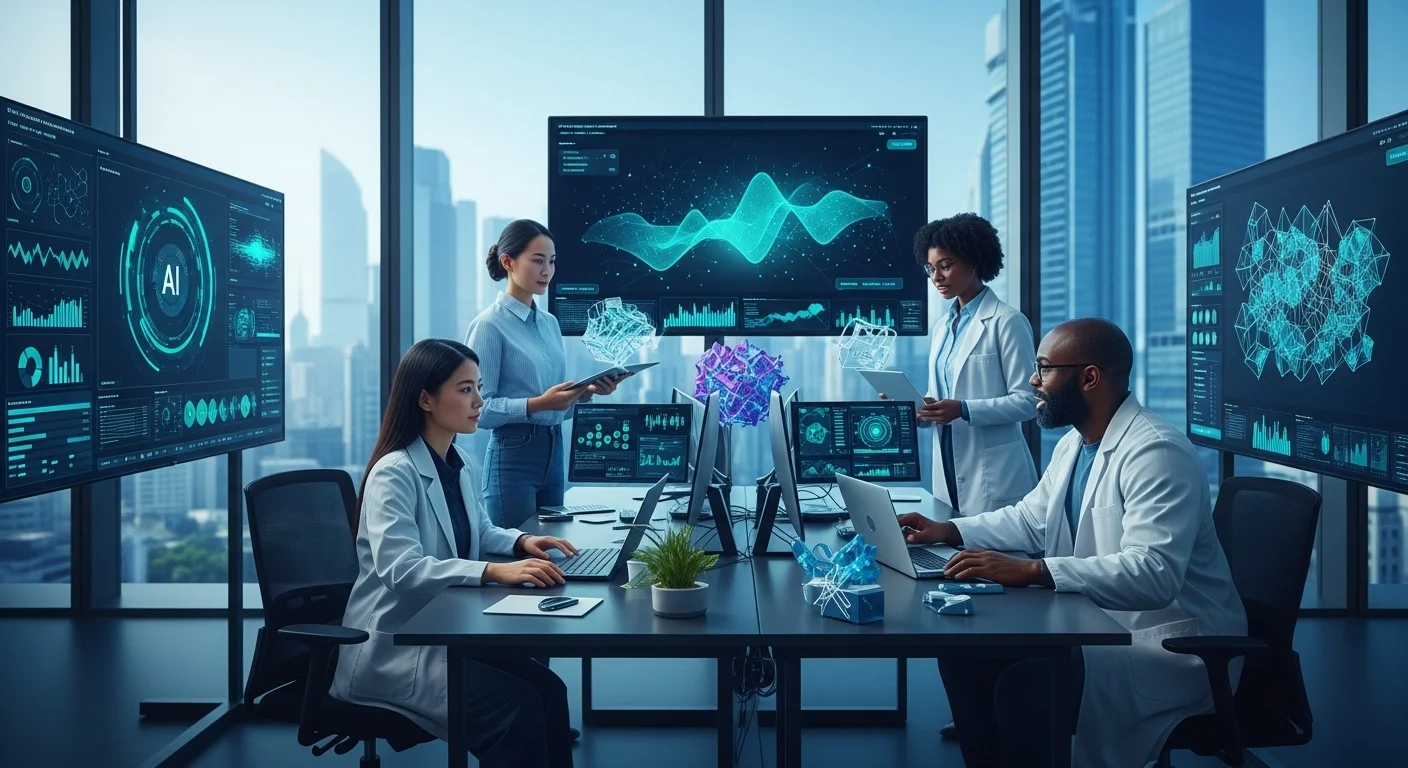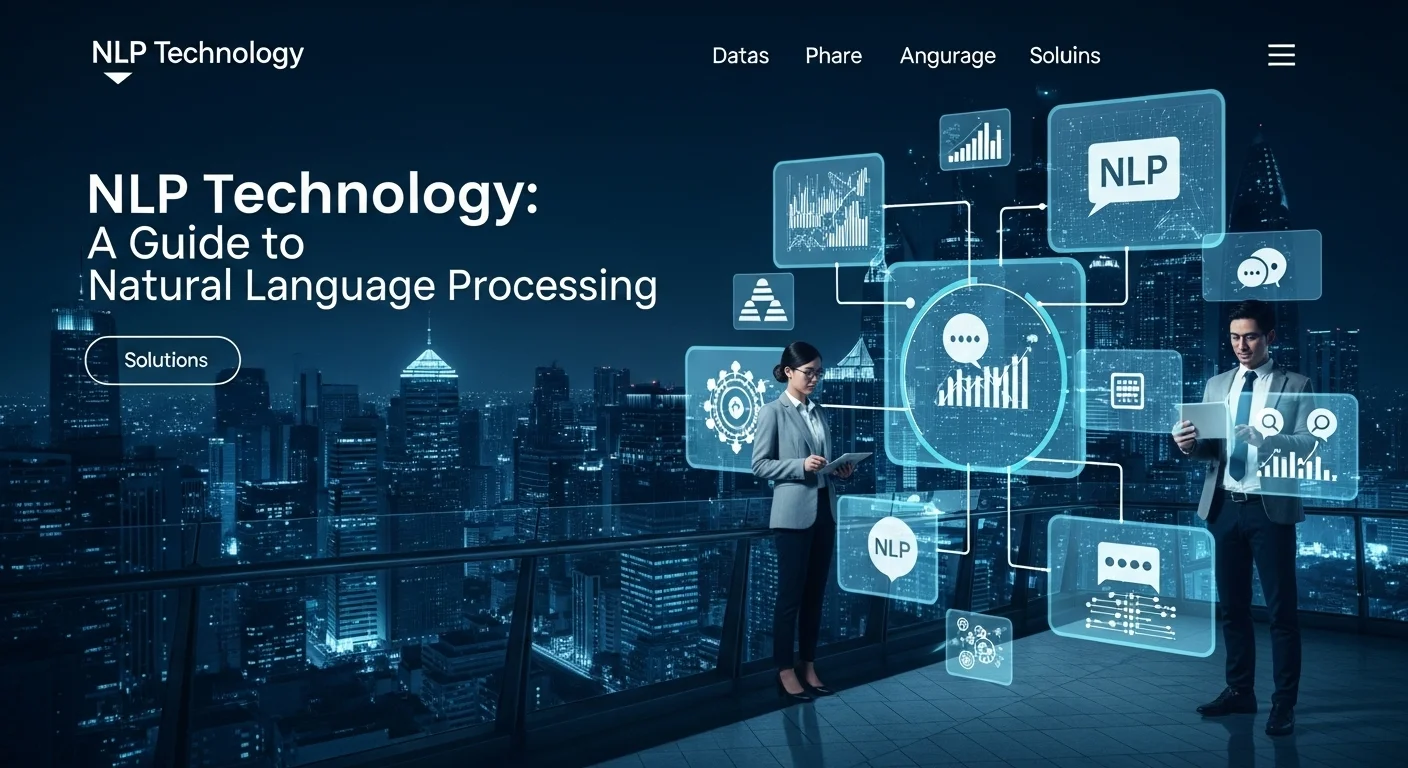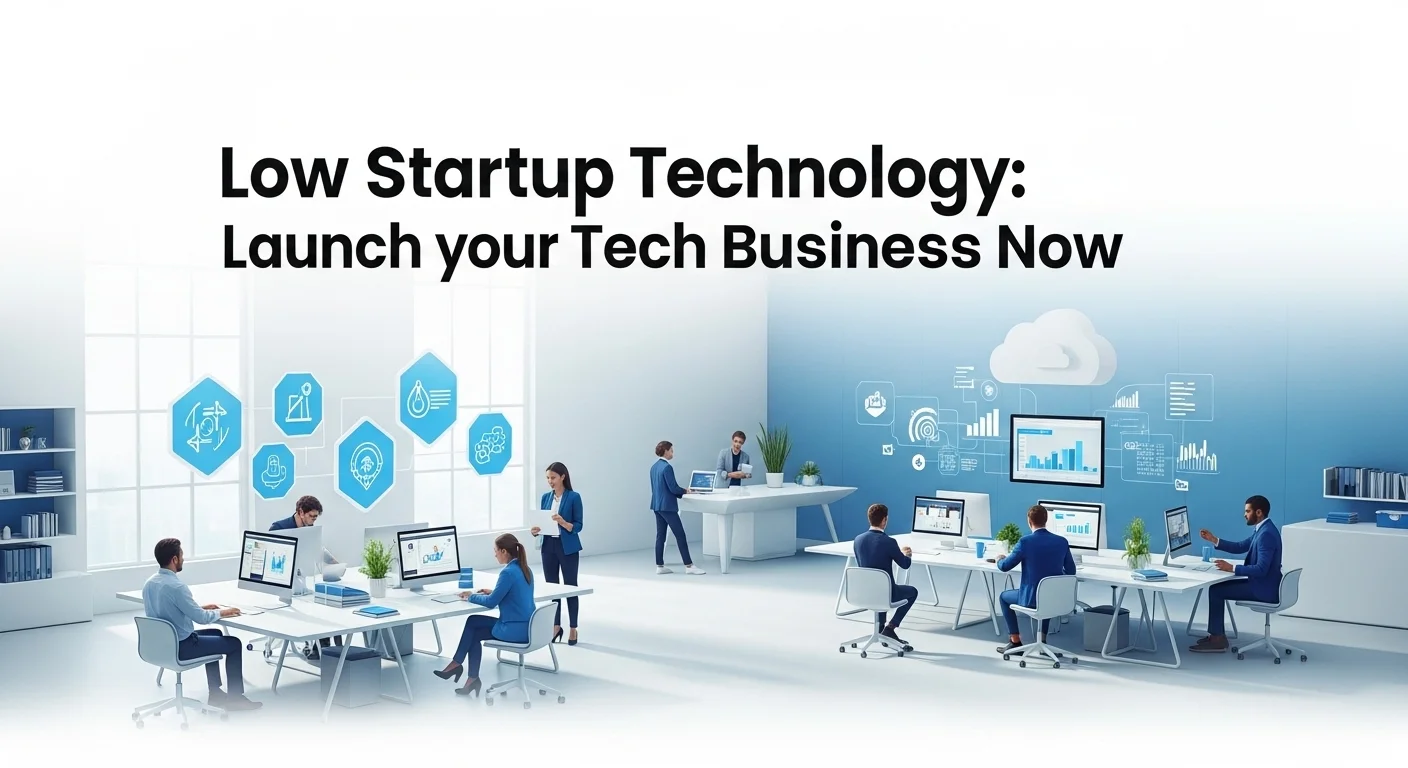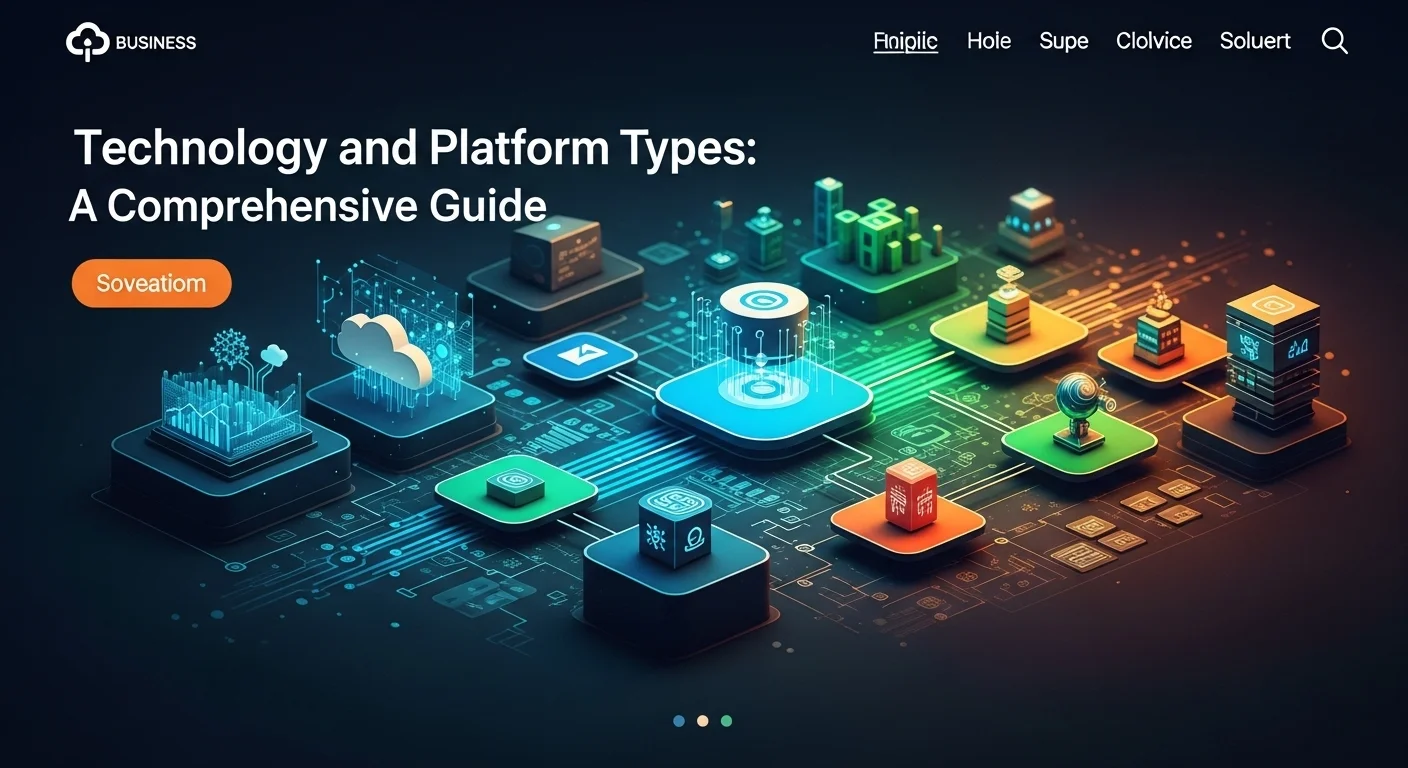Dream AI: From Google's Psychedelic Art to Your Next Business Breakthrough

Executive Summary
I remember when 'AI art' meant those trippy, dog-filled images from Google's DeepDream project. It felt like a weird, wonderful experiment. Fast forward to today, and tools like WOMBO's Dream app are letting anyone become an artist with a simple sentence. But this isn't just about fun pictures. I've seen firsthand how this 'dream' technology is revolutionizing businesses, from creating marketing campaigns in minutes to designing new products. This article is my deep dive into how we got here and how you can harness this creative power.
Table of Contents
Table of Contents
What is Dream and why is it important in Technology?
When we talk about 'Dream' technology, it sounds like something out of a sci-fi movie—a digital mind that can create and imagine. The crazy thing is, it's not fiction anymore. It's a real and rapidly growing field in artificial intelligence that's changing how we work and create. At its heart, Dream technology is about AI systems that can generate or alter images, often creating surreal, beautiful, or incredibly realistic art. The real magic isn't just in the pictures it makes, but what it shows us about how machines 'see' the world. To really get it, you have to look back at where it all started: a wild experiment at Google that opened up a new world of possibilities.
The Genesis: Google's Project Deep Dream
Our journey into AI creativity really kicked off with Project DeepDream back in 2015. I remember seeing these images for the first time and being completely mesmerized. It wasn't intended to be an art tool. A Google engineer named Alexander Mordvintsev was trying to figure out what a neural network was actually 'seeing' when it learned to identify objects. Neural networks learn by analyzing millions of images, finding patterns to tell a cat from a dog. The big question was, can we reverse the process? Can we ask the network to show us its idea of a dog? The answer was a bizarre and beautiful 'yes'.
Google called the process 'Inceptionism.' It works by feeding an image to the network and telling it to enhance any patterns it recognizes. If a part of the network is trained to spot animal faces, it will start finding them everywhere, amplifying them over and over. This feedback loop creates those famous dream-like images where pagodas sprout from mountains and dog faces appear in the clouds. This was the birth of Project DeepDream, a technology that literally gave us a window into the mind of an AI. It was like seeing how a machine experiences pareidolia—the phenomenon of seeing faces in random patterns.
The Modern Evolution: Generative AI and Wombo Dream
While DeepDream was about interpreting existing images, the next wave of this technology was about creating something from nothing. This huge leap was fueled by new AI models like Generative Adversarial Networks (GANs) and, more recently, diffusion models. These powerful systems can build entirely new images based on a simple text description. This is where tools like Dream by WOMBO come in. Launched by a Canadian company, WOMBO Dream went viral because it put this incredible power right into our pockets through a simple app. Suddenly, you didn't need to be a programmer to create AI art.
All you have to do is type a prompt, like 'a cyberpunk city in the rain,' pick a style, and the AI generates a unique piece of art in seconds. The tech behind WOMBO Dream AI is a world away from the original DeepDream. Instead of just enhancing patterns it finds, it understands concepts, styles, and subjects from its training data and synthesizes them into something completely original. This shift from interpretation to pure creation was a game-changer for AI and how we interact with it.
Technological and Business Importance
The impact of Dream technology goes way beyond just making cool art. For businesses and tech professionals, it's a fundamental shift in how we approach creativity, strategy, and efficiency. In my consulting work, I've seen it unlock incredible potential. In marketing, a team can generate a dozen visual concepts for a campaign with a tool like Dream by WOMBO in the time it used to take to brief a designer for one. This lets you test what works with your audience almost instantly, making your marketing smarter and more effective.
Product designers are using it to visualize new ideas in minutes, exploring different forms and materials with a simple text prompt. Game developers and filmmakers can create endless concept art, characters, and environments, freeing up their artists to focus on the human touch of refinement and storytelling. It even opens the door to radical personalization. Imagine an online store generating custom product photos for every visitor based on their style preferences. The core technology, from the early days of Project DeepDream to the accessible power of WOMBO Dream, is acting as a powerful engine for innovation, helping us solve problems and create in ways we never thought possible.

Complete guide to Dream in Technology and Business Solutions
To truly leverage Dream technology, you need to go deeper than just playing around with an app. For any business or developer looking for a competitive edge, understanding the methods, strategies, and tools available is key. In my experience, integrating these tools—from the conceptual roots of Project DeepDream to the practical power of WOMBO Dream AI—can create real, measurable value. Here’s how you can do it.
Technical Methods: From Neural Networks to Diffusion Models
The engine behind AI 'dreaming' has come a long way. You don't need a Ph.D. to use it, but knowing the basics helps you get much better results.
1. Convolutional Neural Networks (CNNs) and Inceptionism
This is where it all started with Project DeepDream. Think of a CNN as an AI model inspired by the human brain's visual cortex, built to process images. It has layers: the first layers spot simple things like edges and colors, while deeper layers recognize complex shapes like faces or cars. The 'dreaming' part, or Inceptionism, happens when you run this process in reverse. Instead of asking 'What is this image?', you tell the network, 'Show me what you think a 'bird' looks like,' and it starts modifying an image to strengthen whatever it considers 'bird-like' patterns. It’s more of a visualization tool than a creation tool, but it gave us our first incredible peek inside the 'black box' of AI.
2. Generative Adversarial Networks (GANs) and Diffusion Models
The big leap to creating images from scratch came from GANs. I like to explain a GAN as a duel between two AIs: a 'Generator' that creates fake images and a 'Discriminator' that acts as a detective, trying to spot the fakes. They train together, with the Generator getting better and better at fooling the Discriminator, eventually producing incredibly realistic images. More recently, Diffusion Models have taken center stage, which is likely what powers services like Dream by WOMBO. The concept is beautifully simple: the AI learns to create an image by reversing the process of destroying one. It's trained by taking a clear image, slowly adding digital 'noise' until it's just static, and then learning how to undo that process step-by-step. To guide this creation, your text prompt tells the AI what to 'sculpt' out of the static. This is the magic that lets WOMBO Dream turn the phrase 'a majestic lion wearing a crown in a photorealistic style' into a stunning, coherent picture.
Business Techniques and Strategic Implementation
Bringing Dream technology into your business isn't just about downloading an app; it's about strategy. Here are some techniques I've seen work wonders:
1. Supercharge Your Marketing and Content
Use tools like Dream by WOMBO for rapid brainstorming. I worked with a startup that needed social media visuals for a new product. Instead of one expensive photoshoot, we generated fifty different visual concepts in an afternoon. We tested prompts like 'luxury serum on a marble countertop with soft morning light' against 'serum in a vibrant, neon-lit futuristic setting.' The data showed us which style resonated with their audience before they spent a single dollar on production.
2. Accelerate Design and Prototyping
This technology can slash the time it takes to go from idea to visualization. An architect can generate dozens of stylistic renderings for a building. A fashion designer I know uses Dream by WOMBO to explore textile patterns by prompting things like 'art deco seamless pattern with gold and emerald green.' It fosters a culture of experimentation because the cost of trying a new idea is practically zero.
3. Craft Personalized User Experiences
Generative AI can make your digital products feel alive. Imagine a weather app where the background is a beautiful, AI-generated painting that reflects the live weather in an art style you choose. Or a travel site that shows you inspiring, AI-generated images of 'a tranquil cabin in the woods' if it knows you like quiet getaways. This level of dynamic personalization is a powerful way to boost engagement.
Available Resources and Comparisons
The world of AI image generation is bigger than just one app. Here’s my breakdown of the major players:
- WOMBO Dream: My go-to recommendation for beginners. It's incredibly easy to use, works great on mobile, and is perfect for quick ideas and social media content. The accessibility of WOMBO Dream makes it a fantastic entry point for any team.
- Midjourney: This is the artist's choice. It’s known for producing stunning, highly stylized, and aesthetically pleasing images. It runs on Discord, which creates a cool community vibe but can be a small hurdle for corporate teams.
- DALL-E 3 (from OpenAI): This one is the master of understanding you. Integrated into tools like ChatGPT Plus, it's brilliant at interpreting complex, conversational prompts and can even render text accurately in images, which is a big deal.
- Stable Diffusion: This is the pro tool for businesses that need control. It’s open-source, meaning you can run it on your own servers. This offers maximum privacy and allows you to fine-tune the model on your company’s own visual data for hyper-specific results—something you can't do with closed tools like WOMBO Dream AI.
- Google's Models: Building on the legacy of Project DeepDream, Google remains a research powerhouse, constantly releasing powerful new models that get integrated into its products.
The right tool depends on your goal. For speed and ease, start with Dream by WOMBO. For artistic quality, look at Midjourney. For precise control, DALL-E 3 is a beast. And for ultimate customization, Stable Diffusion is your platform.

Tips and strategies for Dream to improve your Technology experience
Once you've started using Dream technology, the next step is to go from casual user to power user. Mastering these tools, from understanding the history of Project DeepDream to getting the most out of Dream by WOMBO, is about combining creative strategy with a bit of technical know-how and a strong ethical compass. Here are my advanced tips for making this technology work for you.
Mastering the Art of the Prompt
I can't stress this enough: the quality of your AI-generated image is directly tied to the quality of your prompt. I call it 'learning to speak AI.' A great prompt is the key to unlocking the machine's full creative potential.
1. Be Specific and Descriptive
Vague prompts get vague results. Don't just say 'a dog.' Instead, try: 'A photorealistic portrait of a fluffy golden retriever puppy, sitting in a field of sunflowers during the golden hour, high detail, cinematic lighting.' The more details you provide about the subject, setting, style, and mood, the better the AI can deliver on your vision.
2. Structure Your Prompts for Success
I've found that a simple formula often yields the best results. Try this structure: (Subject) + (Action/Context) + (Environment/Setting) + (Style/Medium) + (Technical Details). For example: 'A robot artist (subject) painting a futuristic cityscape (action) on a rooftop overlooking a neon-lit metropolis (environment) in the style of Van Gogh (style) with vibrant, swirling colors and heavy impasto texture (technical details).'
3. Use Negative Prompts to Refine
Many advanced tools let you use 'negative prompts' to tell the AI what you *don't* want. AI generators famously struggle with hands. If you're creating a portrait, you might add a negative prompt like '-deformed hands, extra fingers, poorly drawn hands, blurry.' This is a pro-level tip for cleaning up your results.
4. Iterate, Iterate, Iterate
Your first prompt is almost never your last. Use a tool like Dream by WOMBO to get a starting image, then tweak your prompt based on what you see. If the lighting is flat, add 'dramatic lighting.' If the composition feels boring, try 'wide-angle shot' or 'extreme close-up.' Think of it as a creative conversation with your AI partner.
Best Practices for Business and Professional Use
Using tools like WOMBO Dream professionally requires a bit of governance to ensure everything is consistent, high-quality, and ethical.
1. Develop an AI Style Guide
Your company has a brand guide for logos and fonts, right? You need one for AI imagery, too. Define the key terms, artistic styles ('photorealistic,' 'minimalist line art,' 'synthwave'), and color palettes that fit your brand. This ensures that whether the image is for Instagram or a PowerPoint deck, it feels like it came from you.
2. Put Ethics at the Forefront
This is the big one. This technology is powerful, and with power comes responsibility.
- Copyright & IP: The legal rules for AI art are still being written. Be aware that most models were trained on data that may include copyrighted work. For commercial projects, I strongly advise using services that guarantee their training data is licensed or offer legal protection. And as a rule of thumb, avoid mimicking the style of a living artist for commercial gain.
- Bias: AI models can reflect and even amplify the biases in their training data. If you're not careful, they can produce stereotypical results. You have to be proactive. Write inclusive prompts that specify diversity in age, ethnicity, and ability, and always review the outputs for fairness.
- Misinformation: Realistic AI images can be used to create convincing fakes. It's crucial to have a strict internal policy against creating deceptive content. Be transparent about your use of AI visuals whenever it's appropriate.
3. Augment, Don't Replace
This is not about firing your creative team; it's about giving them superpowers. The best results I've seen come from a hybrid approach. Use Dream by WOMBO to generate a dozen background concepts, then have your human graphic designer composite the best one into a final, polished ad. Let the AI handle the heavy lifting of ideation, and let your team provide the nuance, taste, and critical thinking that machines lack.
Quality External Resources and the Future
This field moves incredibly fast. To stay on top of it, I keep an eye on places like the MIT Computer Science and Artificial Intelligence Laboratory (CSAIL), which publishes research that points to the future of technologies that grew from ideas like Project DeepDream. The next frontier is already here: AI-generated video, 3D models, and fully interactive creation tools. We're moving from simple image generators to complete content creation engines. Those who master the tools of today, like WOMBO Dream AI, while keeping an eye on tomorrow's innovations, will be the ones who lead the way. The dream of a true creative partnership with AI is finally a reality.
Expert Reviews & Testimonials
Sarah Johnson, Business Owner ⭐⭐⭐⭐
As a small business owner, this was a great starting point. I would have loved a few more step-by-step examples of how to apply this to a marketing budget, but it definitely got the wheels turning. Solid info.
Mike Chen, IT Consultant ⭐⭐⭐⭐
A really clear breakdown of a complex topic. I've tried to wrap my head around diffusion models before, and this was one of the better explanations. It connected the dots from the early DeepDream stuff to the tools we use today. Very helpful.
Emma Davis, Tech Expert ⭐⭐⭐⭐⭐
Fantastic article! As someone working in the tech space, I appreciated the depth and the practical advice on prompt engineering and ethics. This is one I'll be sharing with my team. It's comprehensive without being overly academic. Perfectly explained.



